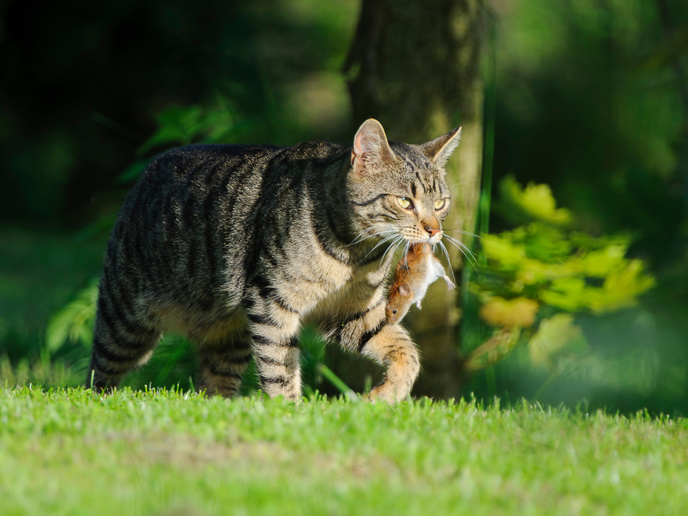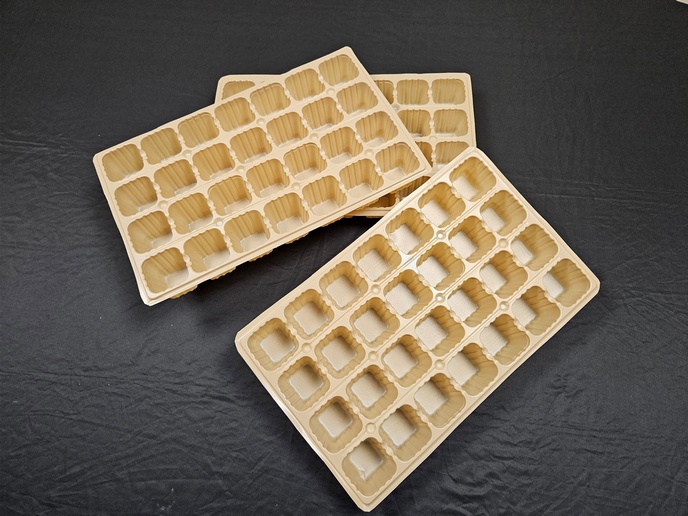Engineering 'super' plants
The EU-funded project 'Recombination: An old and new tool for plant breeding' (RECBREED)(opens in new window) was initiated to realise the development of 'super' plants. The RECBREED consortium worked on optimising plant breeding by developing a better toolkit to produce plants with desirable traits and weed out undesirable traits. They explored different homologous recombination (HR) techniques enables the exchange of genetic material for purposes of DNA repair, reproduction (also called meiosis) and artificial gene transfer between different species or strains. Techniques included gene targeting (GT), meiotic recombination and DNA double-stranded break induction (DSB) by artificial nucleases. RECBREED achieved several milestones in the accurate engineering of plant genomes. Each stage in HR was studied in depth by characterising important genes and elucidating their function using selected crops such as tomato, maize and Arabidopsis. Suitable molecular markers were identified through bioinformatics analyses and used for testing and validation. Scientists successfully performed DSB-induced mutagenesis and GT in Arabidopsis and tomato using zinc finger nucelases and transcription activator-like effector nucleases. No toxic or negative plant growth effects were observed with either of these methods. An innovative GT method called in planta was developed that separates the transformation and GT steps, and its efficacy was demonstrated in maize and Arabidopsis. Another key achievement was a 10-fold increase in precise GT rate achieved by enhancing GT frequencies through over-expression of the protein AtRAD52-1A. Particular emphasis was placed on understanding and modulating factors affecting meiotic recombination. Key parameters such as Rad51 paralog proteins, DNA methylation states, chromatin structure and recombinases (Rad51 and Dmc1) were successfully identified. Conventional agricultural techniques have been proven inadequate when it comes to meeting the rapidly growing demands for food and feed. Use of GT technology could prove to be viable for industrial production of superior high-yield, high-nutrition plants. This has important socioeconomic implications for the European agricultural sector with a current market share of about EUR 4 000 million in seed sales alone. Combining agriculture with biotechnology will only serve to further strengthen the EU position in this arena.







